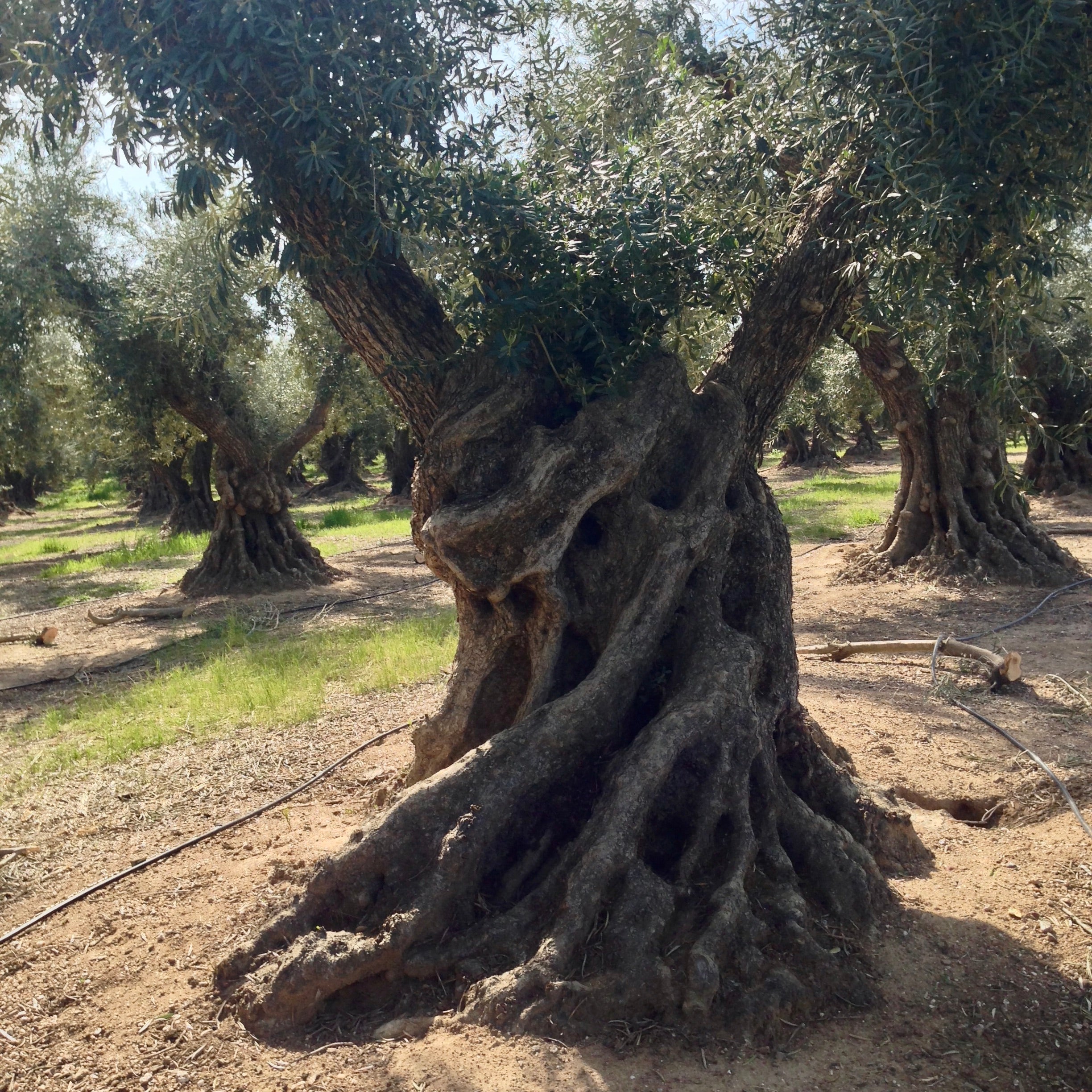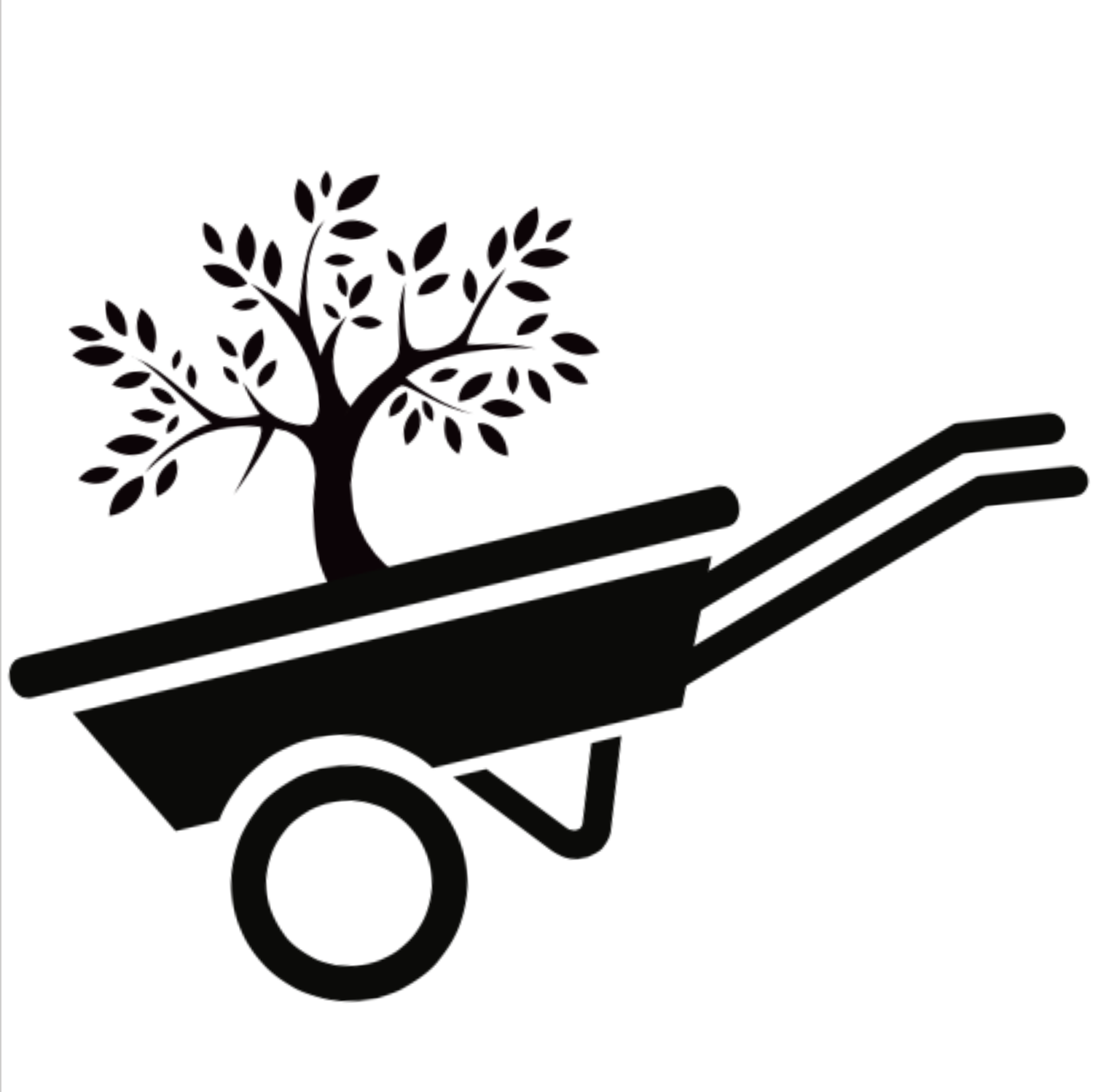
Caring for Your Olive Tree Gift
Olive Tree Care Upon Receipt
If you've been fortunate to have been given an olive tree, or if you've treated yourself to one, follow these steps to ensure the continued health of your plant.
-
Remove the plastic bag, low-tack tape holding the moss, and the bamboo stake, which were all added for shipping purposes.
-
Your tree will need to be replenished upon arrival, so remove the plant from its burlap bag, wooden or ceramic cachepot and give it a drink of water. Olive trees need good drainage, so it's important that you don't leave their feet wet. Use a saucer underneath the container to catch drips or sit the container on a riser of some sort so the water can drain easily and completely out of the holes before replacing it into the decorative cachepot. The soil should be fully moist, but not left so sodden it's still dripping. IMPORTANT: the wooden container also has drain holes to make sure the olive tree isn't accidentally waterlogged. Use a saucer when placing your tree on furniture or fabric to avoid possible stains.
-
Provide full or at least partial sun in or near a window, with a minimum of 4 hours of sunlight per day, more if possible. Water 1 to 2 times per week, making sure the soil is dry before watering again. Avoid letting the leaves touch window glass, which can intensify the sunlight and burn them.
-
It's possible for olive trees to remain in containers indoors for a short time, however, they will not thrive in the long term. [Note: I had a few photo samples in the original nursery containers inside for 12 months and they were okay when put in the ground the following year.] It is best to move potted olives outside or plant them in the ground when the weather is warm. In very cold climates, it is best to keep your olive tree outside in warmer weather then bring them inside during colder weather as they are best suited for zones 8, 9, 10, and 11. Here is a link to the recently updated (2023) USDA Plant Hardiness Zone Map if you'd like to confirm your zone.
Care for Olive Trees before an Event
-
If you are preparing for an event, water your plants the day before and allow them to fully drain before putting them back into their cachepot(s). If the water does not fully drain olives may drown.
Repotting and Transplanting Olive Trees
- For repotting, use a container with drainage holes. For your indoor tree, choose a container that's 1.5 to 2 times the width of your olive's shipped container. Fill it half-full with a good potting mix that drains easily or a sandy mix, such as a cactus potting soil. If your tree is in a nursery container, turn it upside down and tap the bottom; slide the tree out and gently separate and spread the roots their their new medium and cover with more soil.
IMPORTANT: if your tree arrived to you in a white cachepot it was recently transplanted from a square nursery pot into that wider container so needs a break before transplanting once again. Please wait at least a month before transplanting yet again.
- If planting your olive tree in the ground, follow the same logic as when repotting it and choose a sunny area sheltered from strong wind.
- Water your tree 1-2 times per week depending on overall environmental conditions, allowing the soil to dry before watering again. Do not overwater olive trees as they will not tolerate it; sitting in soggy soil for a prolonged period of time will kill them.
- Different regions may require additional planting and care provisions, so if you are outside of zones 8-11 contact your local nursery for further information regarding the best care for olive trees in your region.
- Olive trees are more precocious that other fruit trees, many able to bear a small crop when they're 3 or even 2 years old and hitting their stride for production at year 5 or 6. Olive trees are what is known as "alternate bearing", producing more fruit one year, then a lighter crop the next. Also, unlike other fruit trees, olives only produce fruit on new wood, so regular pruning will help shape the tree to allow light inside and also generate new wood for new olives.
Bonsai Olive Trees
Olive trees are good candidates for bonsai, and there are many deep and knowledgeable resources upon which you can depend. A colleague in Japan specializes in olive tree bonsai and I hope to have him write more about it for us here. In the meantime, here are a few thoughts to keep in mind.
- Pruning, especially any aggressive pruning, should be done in late winter; your tree will respond with vigorous growth in the following spring.
- When the new shoots grow too long, cut them back to one or two pairs of leaves. Young branches and new shoots can be wired at any time.
If you're reading here because you have a general interest in growing and caring for olive trees, take a look at our post on the subject "Cultivating and Caring for Olive Trees", which covers a few fundamentals about site selection and soil composition as well as irrigation and pruning techniques.






